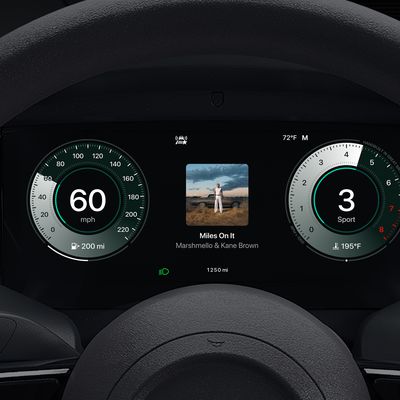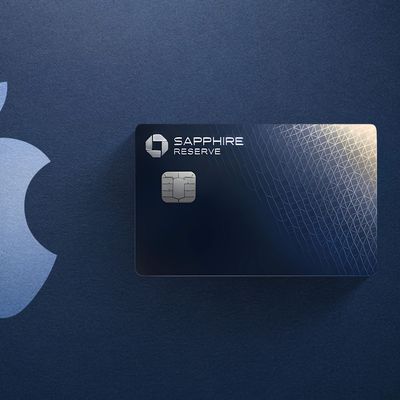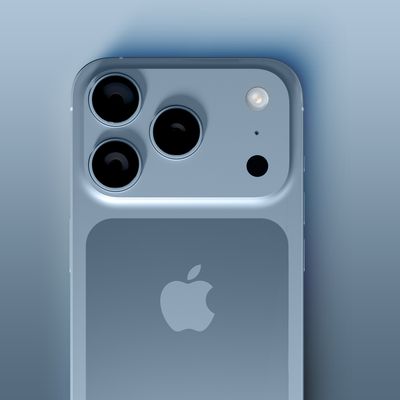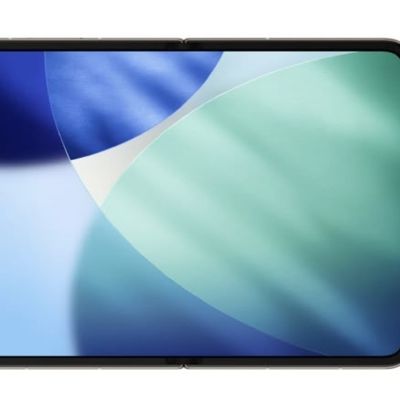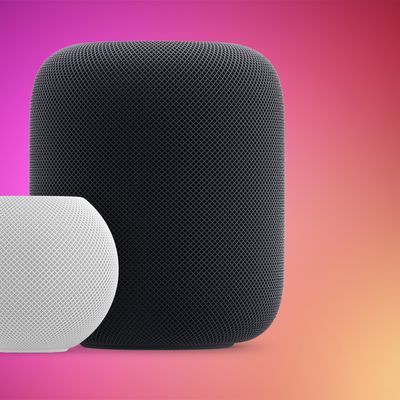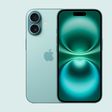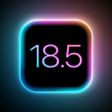watchOS 26 Moves Latest Apple Watch Models to New Architecture
watchOS 26 brings a significant upgrade to the Apple Watch's architecture, transitioning the latest models to full arm64.
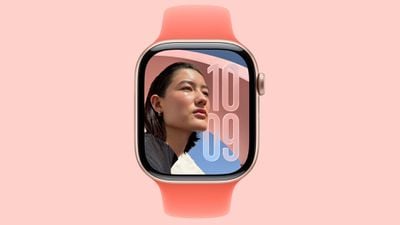
The change was revealed in Apple's "What's new in watchOS 26" video for developers. The Apple Watch Series 9, Series 10, and Apple Watch Ultra 2 are set to move from arm64_32 to the full arm64 architecture.
The arm64_32 architecture was a modified version of the standard 64-bit ARM architecture with 32-bit pointers, specifically optimized for the constrained memory environments of wearable devices. This hybrid architecture allowed Apple to implement the benefits of 64-bit instruction sets while maintaining a tighter memory footprint than full 64-bit systems.
The standard arm64 architecture provides 64-bit pointers and access to broader memory ranges, enhanced performance, and increased compatibility with general-purpose ARM computing standards. The move also opens the door for potentially more complex and computationally intensive watchOS applications, since arm64 provides access to more registers and system resources compared to the more compact arm64_32, as well as more direct alignment with development tools and runtime environments used across other Apple platforms.
watchOS 26 apps must now be built with awareness of both arm64 and arm64_32, depending on the target device. Apple clarified that older models, such as the Apple Watch SE (2nd generation) and Series 8, continue to use the arm64_32 architecture. As a result, watchOS apps need to include separate binaries to support both instruction sets. Xcode automatically manages the build process for arm64 and arm64_32 as long as developers maintain appropriate deployment targets and architectures in their project settings.
Existing apps built for arm64_32 will continue to run on newer Apple Watches running watchOS 26 via compatibility layers, but re-compilation for native arm64 is encouraged for best performance and forward compatibility. It is likely that arm64_32 support on the Apple Watch will gradually diminish over coming years as legacy hardware is retired. All of Apple's other platforms already use the full arm64 architecture.
Popular Stories
Apple will finally deliver the Apple Watch Ultra 3 sometime this year, according to analyst Jeff Pu of GF Securities Hong Kong (via @jukanlosreve).
The analyst expects both the Apple Watch Series 11 and Apple Watch Ultra 3 to arrive this year (likely alongside the new iPhone 17 lineup, if previous launches are anything to go by), according to his latest product roadmap shared with...
Apple is facing mounting resistance from automakers over CarPlay Ultra, the next-generation version of its CarPlay software system for vehicles that was announced last month.
A new (paywalled) Financial Times report claims several major brands are walking back their earlier commitments to support the upgraded dashboard software. German luxury manufacturers Mercedes-Benz and Audi have both...
Apple provided developers with the second beta of iOS 26, introducing the first changes and refinements to the new operating system since it debuted after the WWDC keynote. Because we're early in the beta testing process, there are quite a few tweaks to iOS 26, which we've rounded up below.
Subscribe to the MacRumors YouTube channel for more videos.
Control Center
The background behind the...
Chase this week announced a series of new perks for its premium Sapphire Reserve credit card, and one of them is for a pair of Apple services.
Specifically, the credit card now offers complimentary annual subscriptions to Apple TV+ and Apple Music, a value of up to $250 per year.
If you are already paying for Apple TV+ and/or Apple Music directly through Apple, those subscriptions will...
The iPhone 17 Pro and iPhone 17 Pro Max are around three months away, and there are plenty of rumors about the devices from credible sources.
Below, we recap key changes rumored for the iPhone 17 Pro models as of June 2025:Aluminum frame: iPhone 17 Pro models are rumored to have an aluminum frame, whereas the iPhone 15 Pro and iPhone 16 Pro models have a titanium frame, and the iPhone X...
A new rumor today surfaced about Apple's book-style foldable iPhone, set to be released next year, and this time it's about the cameras.
Mockup of foldable iPhone in its unfolded state (Image: Digital Chat Station)
In a previous report, industry analyst Ming-Chi Kuo said he expects the foldable iPhone (or "iPhone Fold" for short) to include a dual-lens rear camera, but Kuo provided no other...
If you've been following iPhone 18 Pro reports recently, you'll know that there are two competing rumors from usually reliable sources about how Apple plans to integrate Face ID into the display, and both of them likely affect the fate of the Dynamic Island – and in turn the overall look of the display itself.
Last month, The Information's Wayne Ma said that the iPhone 18 Pro and iPhone 18...
With the launch of iOS 26 and HomePod Software 26, Apple is adding support for Crossfade, an Apple Music feature that improves transitions between songs.
Beta testers who have the second HomePod Software 26 and iOS 26 betas now have an option to enable Crossfade. The toggle is a little bit hidden, but it can be found by opening up the Home app, going to Settings, tapping on a person's name,...




